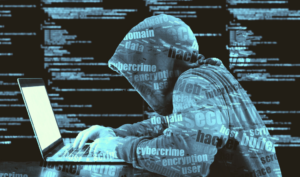
Frontline Employees Need Better Worktech. Is This The Answer?
Most of us assume that modern organizations are thriving, with digital technology connecting everyone and driving new levels of workforce productivity. It’s easy to believe,

Most of us assume that modern organizations are thriving, with digital technology connecting everyone and driving new levels of workforce productivity. It’s easy to believe,

Cyberattacks have become an all-too-prevalent reality in today’s business landscape. In fact, cyberattacks increased by 38% in 2022 alone. This means every company should have

Next-gen employees. Greater flexibility. Increased global collaborations. Quicksilver turnarounds. Remote teams. Expectations of transparency around process and purpose. An engaging, consistent experience that provides employees